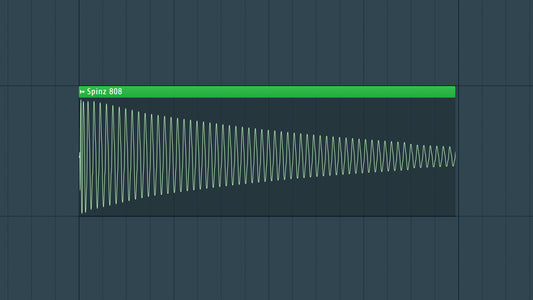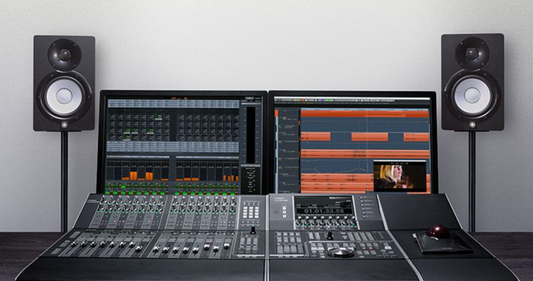Introduction
I have been producing for 15+ years and one of the most important things I have learned is the difference between mixing and mastering, and how to prepare your mix to be mastered. In the intricate world of music production, the terms "mixing" and "mastering" are often used interchangeably, leading to confusion among aspiring producers. However, these are distinct stages in the production process, each serving a unique purpose. In this blog post, we'll unravel the mystery behind mixing and mastering, exploring their differences and highlighting their individual contributions to crafting a polished and professional music track.
DOWNLOAD 20+ FREE SAMPLE PACKS - CLICK HERE!

Mixing: The Art of Balance and Cohesion
Definition:
Mixing is the process where individual tracks and elements of a song are combined, balanced, and manipulated to create a cohesive and harmonious sonic landscape.
Key Aspects:
- Balance: Adjusting the volume levels of each track to achieve a harmonious blend where no element overpowers another.
- Panorama: Placing each element in the stereo field to create spatial depth and separation.
- Equalization (EQ): Shaping the frequency content of individual tracks to ensure they complement each other.
- Compression: Controlling the dynamic range of each element to achieve a consistent and controlled sound.
- Effects: Adding reverb, delay, and other effects to enhance the spatial and atmospheric qualities of the mix.
- Automation: Dynamically adjusting parameters over time to add movement and interest.
Purpose:
The primary goal of mixing is to create a well-balanced and coherent arrangement where every element contributes to the overall sound without clashing or competing.
Mastering: The Final Polish for Sonic Excellence
Definition:
Mastering is the final step in the production process, where the mixed track is prepared and finalized for distribution.
Key Aspects:
- Equalization (EQ): Fine-tuning the overall frequency balance of the entire mix.
- Compression: Applying subtle compression to glue the mix together and control overall dynamics.
- Limiting: Setting a ceiling on the overall loudness to ensure consistency across different playback systems.
- Sequencing: Arranging the order of tracks in an album for a cohesive listening experience.
- Format Conversion: Preparing the final mix for distribution in various formats (CD, digital, vinyl, etc.).
- Quality Control: Identifying and addressing any issues that may affect the final playback quality.
Purpose:
Mastering aims to enhance the overall sonic characteristics of the mix, ensuring it translates well across different playback systems and meets industry standards for clarity, loudness, and consistency.
Key Differences
- Scope:
- Mixing: Involves the manipulation and balancing of individual tracks within a song.
- Mastering: Focuses on the entire mix or album as a cohesive unit.
- Timing:
- Mixing: Takes place during the production process, refining the sound of individual elements.
- Mastering: Occurs after the mixing stage, preparing the final mix for distribution.
- Objectives:
- Mixing: Aims to achieve a balanced and coherent arrangement of individual elements.
- Mastering: Aims to enhance the overall sonic characteristics, ensuring a polished and professional final product.
DOWNLOAD 20+ FREE SAMPLE PACKS - CLICK HERE!
Conclusion
Understanding the distinctions between mixing and mastering is essential for any music producer striving for professional and high-quality results. While mixing shapes the individual components of a song, mastering adds the final touch, ensuring the entire mix shines across various platforms. Both processes are integral to the production journey, each contributing uniquely to the sonic excellence of a finished track.




